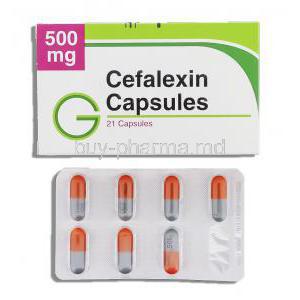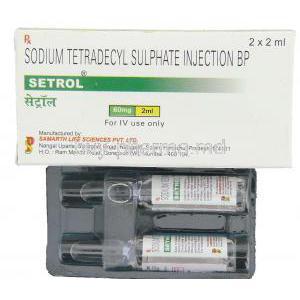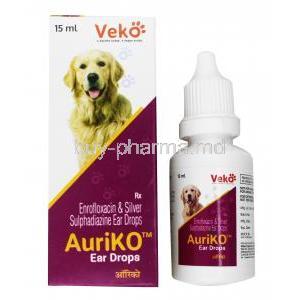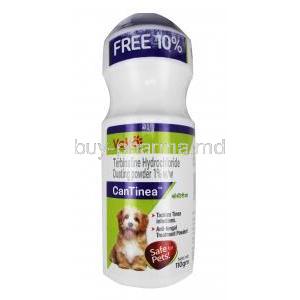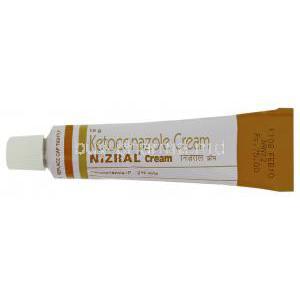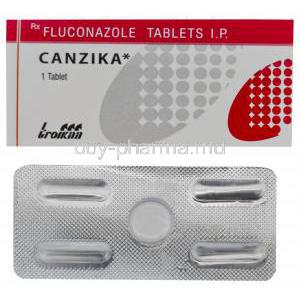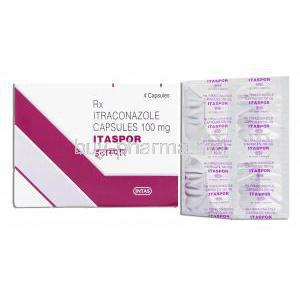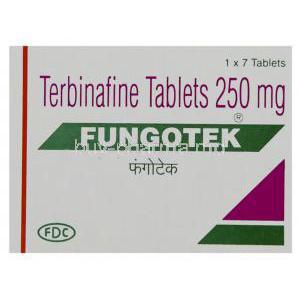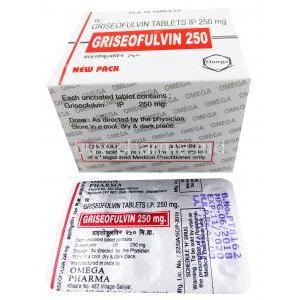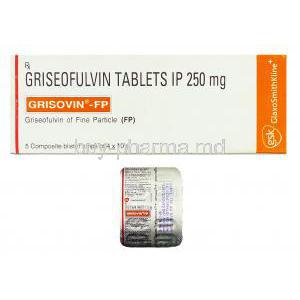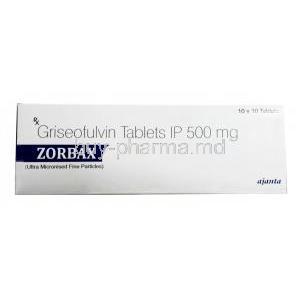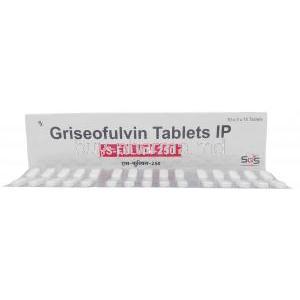Introduction
Overview of Bactofree Shampoo for Pets
Bactofree Shampoo is a specialized veterinary formulation crafted to address a broad spectrum of dermatological ailments in pets. Designed for both dogs and cats, it functions as a medicated cleansing solution that targets infections, alleviates irritation, and restores the vitality of the skin and coat.
Importance of Medicated Shampoos in Veterinary Dermatology
Medicated shampoos play a pivotal role in veterinary dermatology. They deliver therapeutic agents directly to the skin surface, offering localized treatment with minimal systemic absorption. This approach reduces the need for oral medications, minimizes side effects, and enhances recovery time for dermatological conditions.
Role in Maintaining Skin and Coat Health
Beyond infection control, Bactofree Shampoo supports overall dermal health. By reducing microbial load, alleviating dandruff, and soothing inflamed tissues, it nurtures a lustrous coat and strengthens the skin’s natural protective barrier.
Composition of Bactofree Shampoo
Active Ingredients and Their Therapeutic Properties
- Antifungal agents – combat dermatophytes and yeast responsible for persistent infections.
- Antibacterial components – eradicate pathogenic bacteria that trigger pyoderma and folliculitis.
- Anti-inflammatory substances – reduce redness, pruritus, and swelling.
Supporting Excipients and Formulation Benefits
The shampoo incorporates surfactants for effective cleansing, moisturizers for skin hydration, and stabilizers to maintain ingredient potency. Together, these excipients enhance efficacy and ensure ease of application.
Comparison with Similar Veterinary Shampoos
Compared to generic pet shampoos, Bactofree provides a dual-action antibacterial and antifungal effect, making it superior in cases of mixed infections. Its balanced formulation is gentler than harsher antiseptic products, ensuring safety during repeated use.
How Bactofree Shampoo Works
Mechanism of Action on Skin and Fur
The active compounds penetrate superficial dermal layers, disrupting microbial cell walls and inhibiting fungal growth. At the same time, soothing agents calm inflamed tissues, allowing the skin to heal naturally.
Antibacterial and Antifungal Properties
By eradicating bacteria such as Staphylococcus species and fungi like Malassezia, the shampoo curtails recurrence and improves overall dermal resilience.
Anti-inflammatory and Soothing Effects
Ingredients with anti-pruritic qualities mitigate itching, reducing trauma from scratching and promoting faster resolution of lesions.
Benefits for Restoring Skin Barrier Function
Regular application assists in rebuilding the lipid layer of the skin, preventing moisture loss and strengthening resistance to future infections.
Therapeutic Uses
Primary Uses in Pets
- Bacterial skin infections – effective against pyoderma and folliculitis.
- Fungal infections – beneficial in managing dermatophytosis and yeast dermatitis.
- Seborrheic dermatitis – controls excessive scaling, dandruff, and sebaceous buildup.
Secondary Benefits
- Reduction of itching and persistent irritation.
- Control of unpleasant odors associated with microbial overgrowth.
- Improved coat luster and manageability.
Off-Label Uses
- Adjunct therapy for allergic dermatitis where secondary infections are common.
- Supportive care in parasitic infestations, under veterinary supervision.
- Maintenance therapy for pets prone to recurrent bacterial or fungal infections.
- Complementary use alongside systemic antibiotics or antifungals.
Dosage and Administration
Recommended Frequency of Use in Dogs and Cats
Typically advised two to three times weekly during active infection, with adjustments based on clinical progress.
Application Technique for Effective Results
Thoroughly wet the coat, apply the shampoo evenly, and massage into the skin. Allow contact for 5–10 minutes before rinsing completely.
Duration of Therapy for Different Conditions
Acute infections may resolve within 2–3 weeks, while chronic or recurrent cases may require longer treatment protocols.
Veterinary Guidance on Individualized Dosing Schedules
Veterinarians may recommend tapering frequency to maintenance levels once the infection is controlled, minimizing recurrence risk.
Administration in Special Populations
Administration to Elderly Pets with Sensitive Skin
Older animals may require less frequent applications to avoid skin dryness. Monitoring for irritation is essential.
Administration to Pregnant or Nursing Pets
Use should be under veterinary discretion, ensuring no absorption risk that could affect developing or nursing offspring.
Administration to Puppies and Kittens
Young animals may have delicate skin. Dilution and shorter contact times may be recommended to ensure safety.
Special Considerations for Pets with Comorbidities
Pets with renal or hepatic impairments should be monitored closely, especially when using concurrent medications.
Side Effects
Common Side Effects
- Skin dryness after repeated use.
- Mild irritation or redness at application sites.
- Temporary loss of coat sheen.
Rare Side Effects
- Allergic skin reactions presenting as rashes or hives.
- Exacerbation of pre-existing dermatological conditions.
Warnings and Precautions
- Avoid accidental contact with eyes, nostrils, and mouth.
- Ensure complete rinsing to prevent residue buildup.
- Excessive or prolonged use may aggravate skin sensitivity.
- Always consult a veterinarian before starting treatment.
Contraindications
- Known hypersensitivity to any component of the shampoo.
- Presence of open wounds, severe abrasions, or ulcerated skin.
- Use in breeds predisposed to heightened skin sensitivity should be approached with caution.
Drug Interactions
Interaction with Topical Flea or Tick Treatments
When used in conjunction with topical flea or tick preventatives, certain medicated shampoos may reduce the efficacy of these treatments by washing away their active agents. To minimize interference, it is advisable to schedule shampooing several days before or after the application of spot-on parasiticides.
Compatibility with Other Medicated Shampoos
Combining medicated shampoos requires careful consideration. Some formulations may complement each other, while others can cause excessive dryness or irritation. Alternating use under veterinary guidance can help balance therapeutic effects without compromising skin health.
Guidance on Combined Use with Systemic Medications
Concurrent use with systemic antibiotics, antifungals, or corticosteroids may enhance outcomes in severe infections. However, interaction risks must be evaluated, especially in pets with underlying conditions. Professional supervision ensures the regimen is both safe and effective.
Careful Administration
Monitoring Pets with Chronic Skin Disorders
Pets with long-standing dermatological issues such as chronic dermatitis require close monitoring. Repeated application should be tailored to the severity of symptoms, and periodic re-evaluation prevents unnecessary overuse.
Adjusting Use in Pets with Renal or Hepatic Disease
Though topical absorption is minimal, pets with renal or hepatic impairment may still exhibit altered tolerance. Dosing frequency should be conservative, with veterinary oversight to ensure safe administration.
Careful Administration Alongside Immunosuppressive Therapy
Animals on immunosuppressants are more susceptible to opportunistic infections. The use of medicated shampoos should be monitored carefully to avoid masking underlying conditions and to ensure infections are thoroughly treated.
Overdosage and Toxicity
Signs of Accidental Overuse or Ingestion
- Excessive dryness and flaking of the skin
- Persistent erythema or irritation
- Gastrointestinal upset, hypersalivation, or vomiting if ingested
Emergency Management and Supportive Care
Immediate rinsing with clean water is critical in cases of dermal overexposure. If ingestion occurs, activated charcoal or gastric lavage may be recommended by a veterinarian. Supportive hydration and symptomatic treatment are often required.
Veterinary Intervention in Severe Cases
Severe reactions demand urgent veterinary care. Intravenous fluids, antihistamines, or corticosteroids may be employed to stabilize the animal and mitigate systemic effects.
Handling and Safety Precautions
Safe Handling for Pet Owners During Application
Owners should wear protective gloves during application, particularly if they have sensitive skin or open cuts. Washing hands thoroughly afterward reduces risks of irritation.
Protective Measures to Avoid Skin or Eye Contact in Humans
Accidental splashes should be rinsed immediately with copious water. If ocular irritation persists, medical evaluation may be necessary. Direct inhalation of foam or residue should also be avoided.
Disposal of Unused or Expired Product
Expired shampoos should not be poured into drains or discarded with household waste. Veterinary pharmacies or local waste management systems often provide safe disposal options to prevent environmental contamination.
Storage Instructions
Recommended Storage Temperature and Conditions
Store the shampoo in a cool, dry location away from direct sunlight and excessive heat. Temperatures between 15°C and 25°C are generally considered optimal.
Shelf Life and Stability
The typical shelf life ranges from 18 to 24 months when stored correctly. Once opened, it is best used within the timeframe indicated on the packaging to ensure maximum efficacy.
Indicators of Product Degradation
- Discoloration or separation of liquid layers
- Unpleasant or unusual odor
- Changes in texture or foaming capacity
Conclusion
Summary of Benefits and Cautions
This medicated shampoo provides reliable control of bacterial and fungal skin infections, relieves irritation, and supports long-term dermal health. Caution is warranted to avoid misuse, overexposure, or interactions with other treatments.
Importance of Veterinary Guidance
Professional oversight ensures that dosing schedules, adjunct therapies, and special considerations are tailored to each pet’s unique health profile, maximizing both safety and effectiveness.
Role in Comprehensive Pet Skin Care Management
When integrated into a broader dermatological care plan, this shampoo becomes more than a cleanser—it serves as a therapeutic tool that enhances comfort, restores vitality, and contributes to sustained skin and coat wellness.
Bactofree Shampoo for Pets FAQ
- What is chlorhexidine gluconate used for?
- Is chlorhexidine safe for cats?
- Which is better, betadine or chlorhexidine?
- What do vets use chlorhexidine for?
- Is chlorhexidine antifungal?
- What is the best alternative to chlorhexidine?
- Does chlorhexidine heal an infection?
- How quickly does chlorhexidine work?
- Is miconazole toxic?
- Is miconazole safe for dogs?
- Is miconazole nitrate cancerous?
- Is miconazole nitrate a steroid?
- Can dogs lick miconazole?
- What percent miconazole for dogs?
- Is miconazole nitrate 2% safe for dogs?
- How long does it take for miconazole to work in dogs?
- Is miconazole nitrate antibacterial?
- Can I use miconazole nitrate on my dog?
What is chlorhexidine gluconate used for?
Chlorhexidine gluconate is an antiseptic that's excellent at keeping infections at bay.
Is chlorhexidine safe for cats?
Yes
Which is better, betadine or chlorhexidine?
Chlorhexidine has better and faster bactericidal properties.
What do vets use chlorhexidine for?
Chlorhexidine is a disinfectant and antiseptic used on dogs to remove unwanted bacterial or fungal growth from the skin
Is chlorhexidine antifungal?
Chlorhexidine is a type of antiseptic with antifungal properties.
What is the best alternative to chlorhexidine?
Polyhexamethylene biguanide or polyhexanide (PHMB) and chlorine dioxide (ClO2)
Does chlorhexidine heal an infection?
Yes
How quickly does chlorhexidine work?
Within 30 seconds
Is miconazole toxic?
No
Is miconazole safe for dogs?
Side effects are rare
Is miconazole nitrate cancerous?
No
Is miconazole nitrate a steroid?
No
Can dogs lick miconazole?
No
What percent miconazole for dogs?
1-2%
Is miconazole nitrate 2% safe for dogs?
Yes
How long does it take for miconazole to work in dogs?
10 minutes of contact time
Is miconazole nitrate antibacterial?
Miconazole has been discovered to have a range of properties its ability to combat Staphylococcus bacteria.
Can I use miconazole nitrate on my dog?
Miconazole Nitrate Spray, at a concentration of 1%, is an fungal medication that vets often prescribe to treat skin and yeast infections in pets, particularly dogs and cats.

